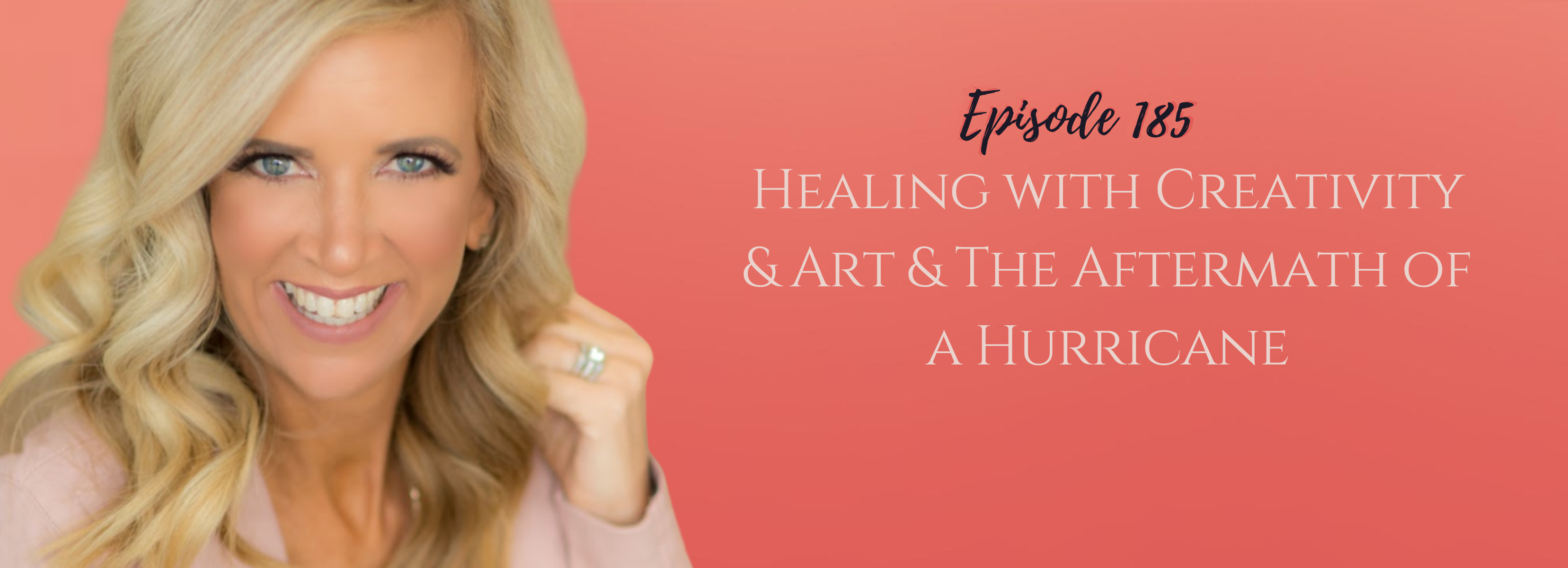
Healing with Creativity & Art & The Aftermath of a Hurricane with Reina Lombardi, ATR-BC, ATCS, LMHC-QS| 11.2.2022
In this episode, Kristen talks with Reina Lombardi, ATR-BC, ATCS, LMHC-QS, founder of Florida Art Therapy Sevices, about using art therapy to recover from disaster and heal trauma.
You'll Learn
- Reina's experience with hurricane Ian in Fort Myer and how art helped her remain centered in the midst of chaos
- What is art therapy
- How does art therapy help with trauma
- Examples of Art therapy exercises
Resources
For counseling services near Indianapolis, IN, visit www.pathwaystohealingcounseling.com.
Subscribe and Get a free 5-day journal at www.kristendboice.com/freeresources to begin closing the chapter on what doesn’t serve you and open the door to the real you.
This information is being provided to you for educational and informational purposes only. It is being provided to you to educate you about ideas on stress management and as a self-help tool for your own use. It is not psychotherapy/counseling in any form.
[fusebox_transcript]